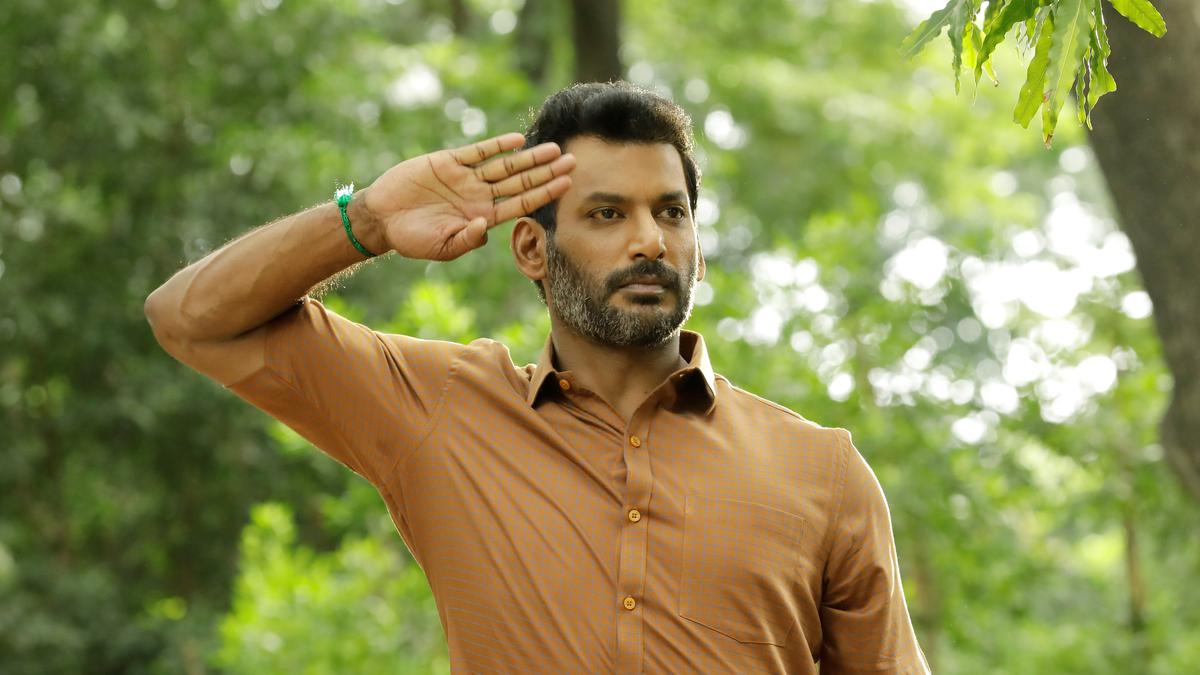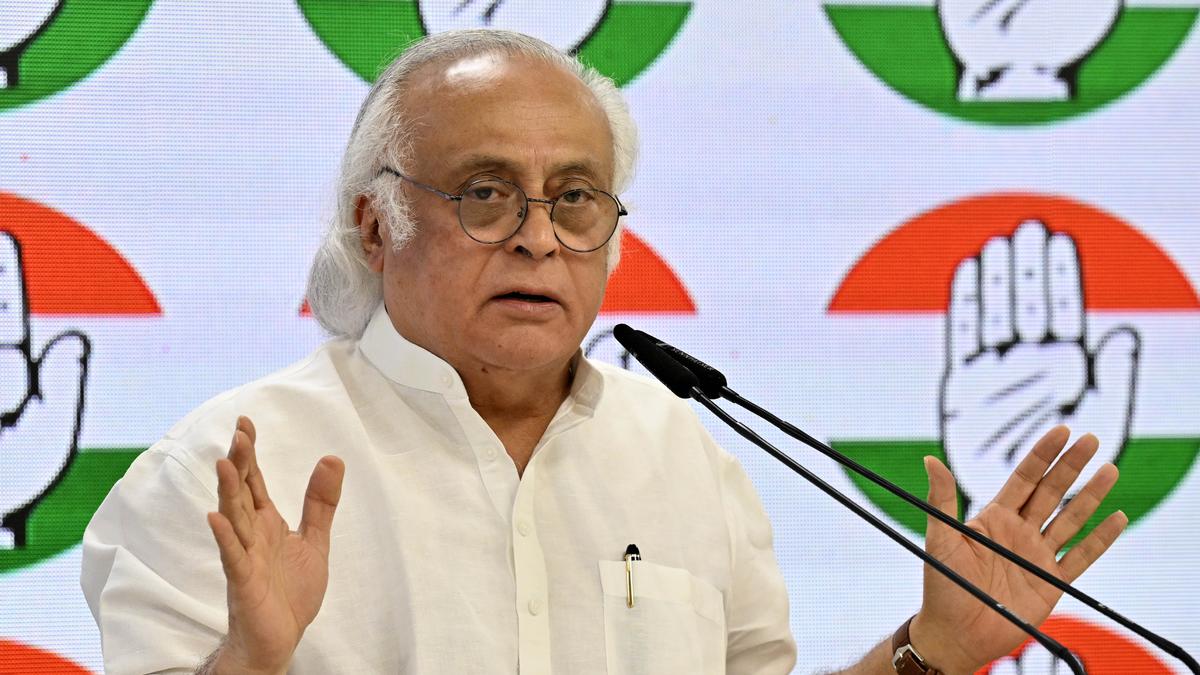In Janice Pariat’s latest novel, Shai’s story begins with a declaration — “to go back to where I came from — the wettest place on Earth”. The protagonist of Everything the Light Touches(2022) wrestles with the limitations of what she knows about her hometown and the community she belongs to.
Take the metal underneath her feet: a flaming supernova produced uranium some six billion years ago. But mining uranium, this glorious metal, has brought both woe and wealth to her ancestral village in Meghalaya. How are her people resisting this invasion? This history appears to have escaped her. Shai goes to Meghalaya to contend with her past and present, to find a community inextricably tied to its land, and its air.
Like her, three unconnected protagonists travel through time and geographies, each engaging with their natural environment as something dynamic, alive, and forever changing. These are tales “about our relationship to the planet, to the earth, to land, to season,” Pariat remarked in an interview.
Every story today can be a climate story, but a ‘climate silence’ still haunts our imaginations where narratives feign ignorance about the crisis. Those that do, place the environmental crisis in silos, as if love, family, work, and faith are left untouched by the environment. That said, Indian fiction, new and old, has peered through the climate lens, far more organically than the West has.
No genre switch, this
Works like Pariat’s, Amitav Ghosh’s The Living Mountain (2022), and Kartiki Gonsalves’s film The Elephant Whisperers (the Oscar 2023 contender for Best Documentary) are constructing climate realities where the environment exists as a backdrop, a protagonist, but also as a vehicle for imagining a world beyond devastation.
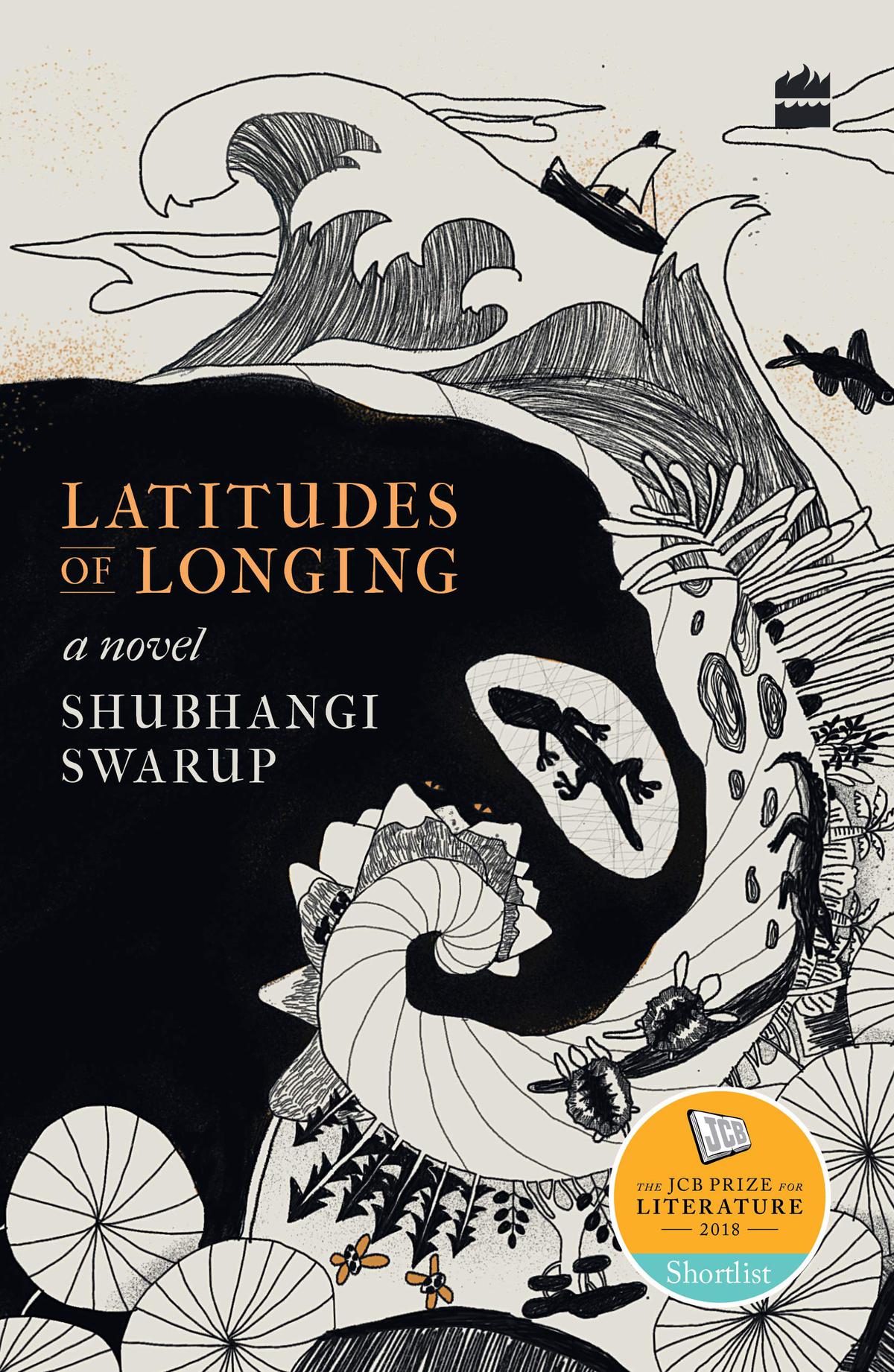
The rise of ‘climate fiction’ in the West almost designates climate stories to be a new genre, as if environmental degradation were a recent phenomenon. It almost implies there has been a genre switch, “where instead of aliens, we now write about climate change,” says Shubhangi Swarup, author of Latitudes of Longing (2018) a novel that documents love between humanity and the earth.
In The Elephant Whisperers, Bomman and Belli, members of the Kattunayakan indigenous tribe (which translates into ‘chiefs of the forest’), give home to a baby elephant (Raghu). The documentary disrupts our understanding of human-wildlife interaction, reimagining a community where it is possible not only to co-exist with wildlife, but also approach animals displaced due to urbanisation with love and tenderness. “When I first met the baby, he was tugging at my clothes like a child and I felt his love. I decided to give all my love to this motherless baby,” Belli shares. Bomman, Belli, and Raghu are all writing a love letter where the power of community dominates.
“I think we have been incomplete subjects of modernity, which makes us aware of both the promises and problems of runaway development. The best example I can think of is a writer like Phanishwar Nath Renu, who in his novels celebrated big dams and the modernisation project. However, in the great flood of Patna of 1975, he also realised the limits of damming our rivers. I think many of our writers, especially those who saw the transition from colonialism to independence, were conflicted subjects. They had a hunch that the resources of resilience were present in folk forms of being or regional landscapes, some even tried to indigenise modernity, but they were swept up in a moment when to be on the side of freedom, equality and rights was defined by a singular narrative of development. ”Joya JohnAssistant professor of literature, Krea University
The focus of Western cli-fi on the individual, or one particular corporation as the ultimate ‘villain’ also means people fail to attribute responsibility to the big oil and gas corporations for fossil fuel emissions. Stories from the Indian subcontinent then erect a shield against gaslighting that plagues the global climate discourse.
In Latitudes of Longing, Swarup wrote: “Hidden amongst the cluck and hiss, the croak and chatter outside the window, are songs of the extinct… Can their stories and songs be heard by the living, they wonder. Do they acknowledge their legacy in the fossils?”
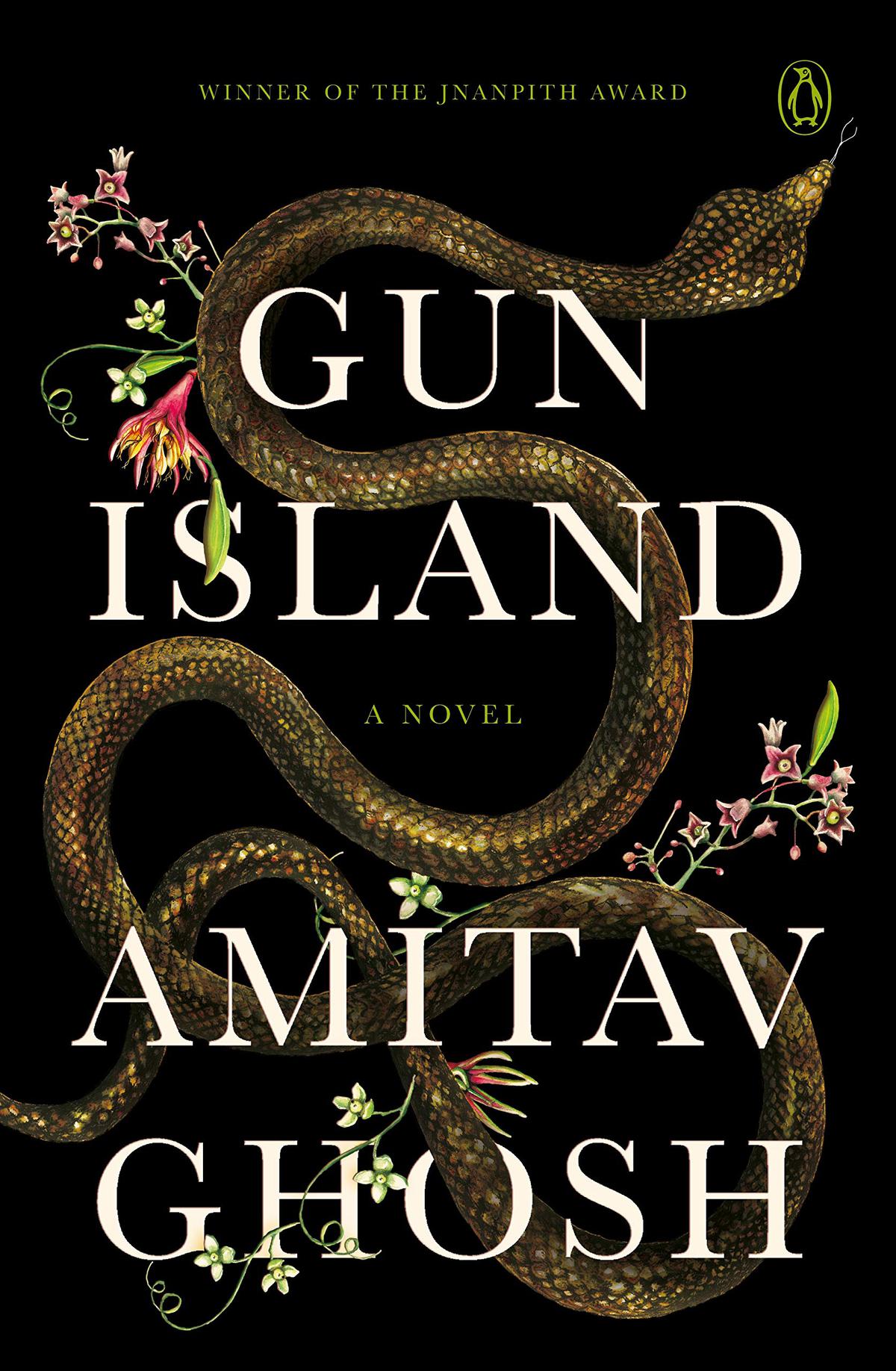
Indian climate stories beam with a desire to find life in nature, to see it as throbbing with impulse. At a structural level, Sarah Dimick, an assistant professor of English at Harvard University, notes how Indian literature is attuned to the sensibilities of the land and topography. Monsoon draws attention to patterns of drought and rain, allowing Indian literature to have a “strong attention to arrivals and departures, and a sense of migration,” according to Dimick.
In Amitav Ghosh’s Gun Island (2019), a character proclaims: “Sometimes, it seemed as though both land and water were turning against those who lived in the Sunderbans.” The future of the ecologically fragile Sundarbans and its 4.5 million inhabitants is entangled in loss and despair, as they struggle to withstand the ravages of climate change.
A hint of surrealism
One way, perhaps, of reimagining climate stories that extend beyond the pedestalising of human life is to include non-human characters. In Latitudes of Longing there is an intuitive understanding of nature — a hint of surrealism — interlaced with scientific heft and realism. “If you don’t recognise the three different kinds of trees outside your window, how are you going to work towards its preservation?” asks Swarup.
There is magic beyond us, and climate stories are as much about embracing that seductive odour of life rather than focusing solely on humanity. Take Amitav Ghosh’s The Living Mountain, where the Anthropocene (our “chosen doom”) sets the base understanding. Tribes rever an unscaled, glorious mountain; they took care, “told stories about it, and sang about it, and danced for it.”
But not for long. The natural environment is threatened and the tribes are colonised when foreigners arrive to mine the mountain; it is an allegory that traces the Anthropocene to colonialism, and indicts faux ideas of development and progress. There is no individual hero to fight off the coloniser, but people and animals and birds collectively define their connection to the planet.
Cinema from the South
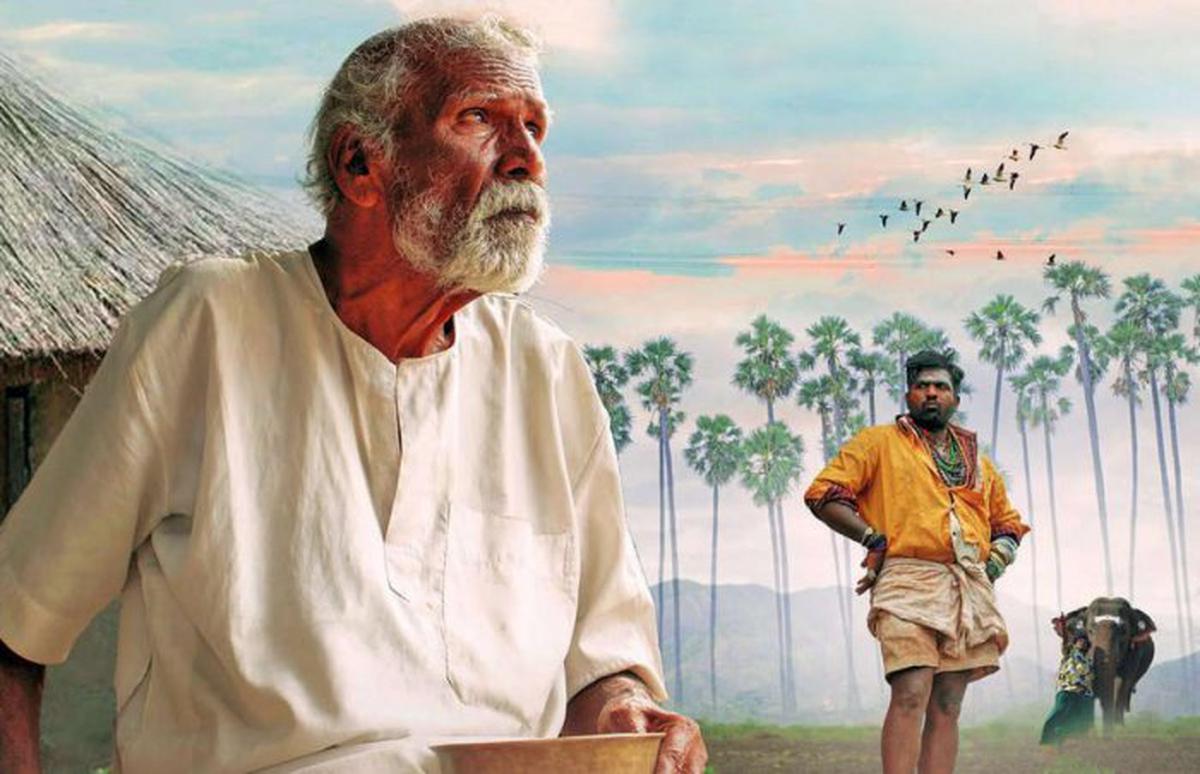
A poster of Tamil film ‘Kadaisi Vivasayi’ (2022) by M. Manikandan.
There has always been a clutch of movies from South India that grapple with an environment under siege. In M. Manikandan’s Kadaisi Vivasayi (2022), Mayandi is the last farmer guarding knowledge of sustainable farming and preservation against a misplaced promise of industrial efficiency. He chuckles at the prospect of ‘seedless tomatoes’ and insists on planting his own crops, even as those around him sell their lands to make way for purported development projects in a small village in Tamil Nadu.
The opening scene establishes how deeply the hen, the bulls, his field flooded with paddy crops, define him, insisting that we are as dependent on nature as it is dependent on us.
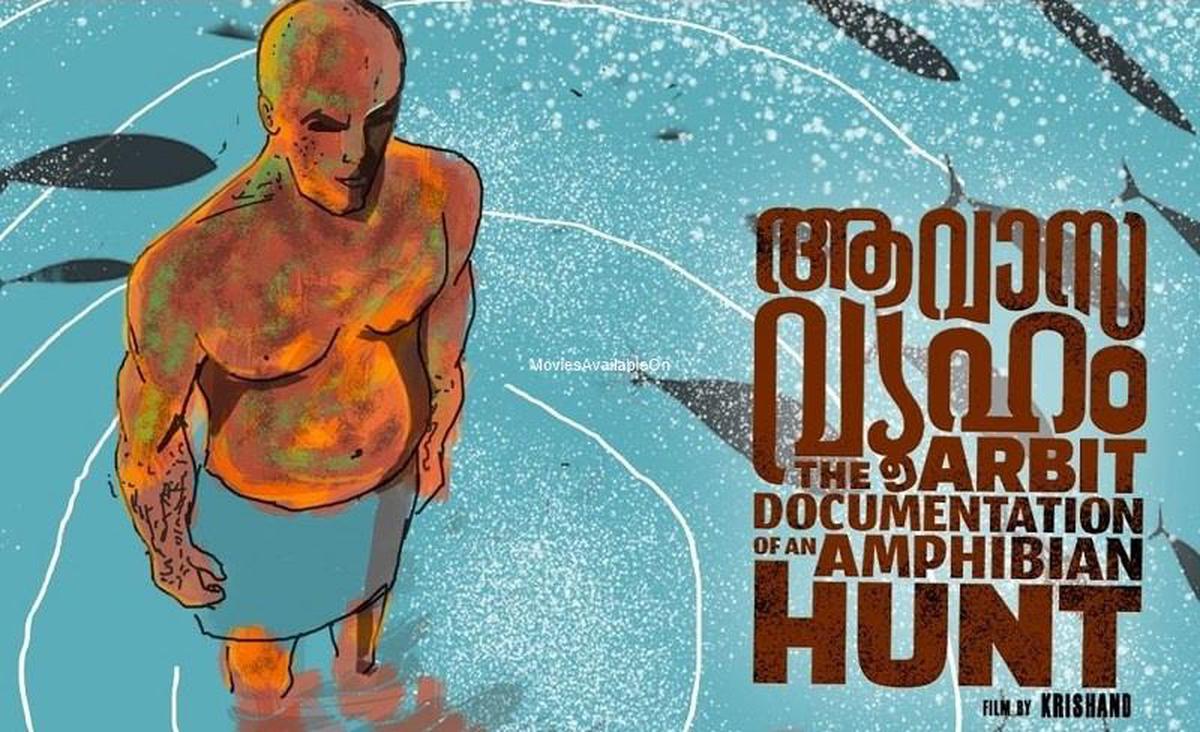
‘Aavasavyuham: The Arbit Documentation of an Amphibian Hunt’ (2022) is a mockumentary set in Kerala’s mangrove forests.
Aavasavyuham: The Arbit Documentation of an Amphibian Hunt (2022) is a mockumentary set in Kerala’s mangrove forests, and takes the route of satire and surrealism to illustrate a truth: people and nature share an intimate connection. This symbiotic relationship is routinely threatened by projects such as the development of an Indian Oil corporation import terminal. But the protagonist, Joy, the fantastical amphibian in the narrative, who is as much a human as a frog, frames the lens on an eternal mooring: in our quest to preserve climate, which species do we afford the dignity of ‘life’?
The human story of climate change cannot survive, much less be told, in isolation. Literature and cinema from India are beginning to probe the epochs, in the context of species and regions, to piece together an understanding of the biography of the earth itself.
saumya.k@thehindu.co.in



